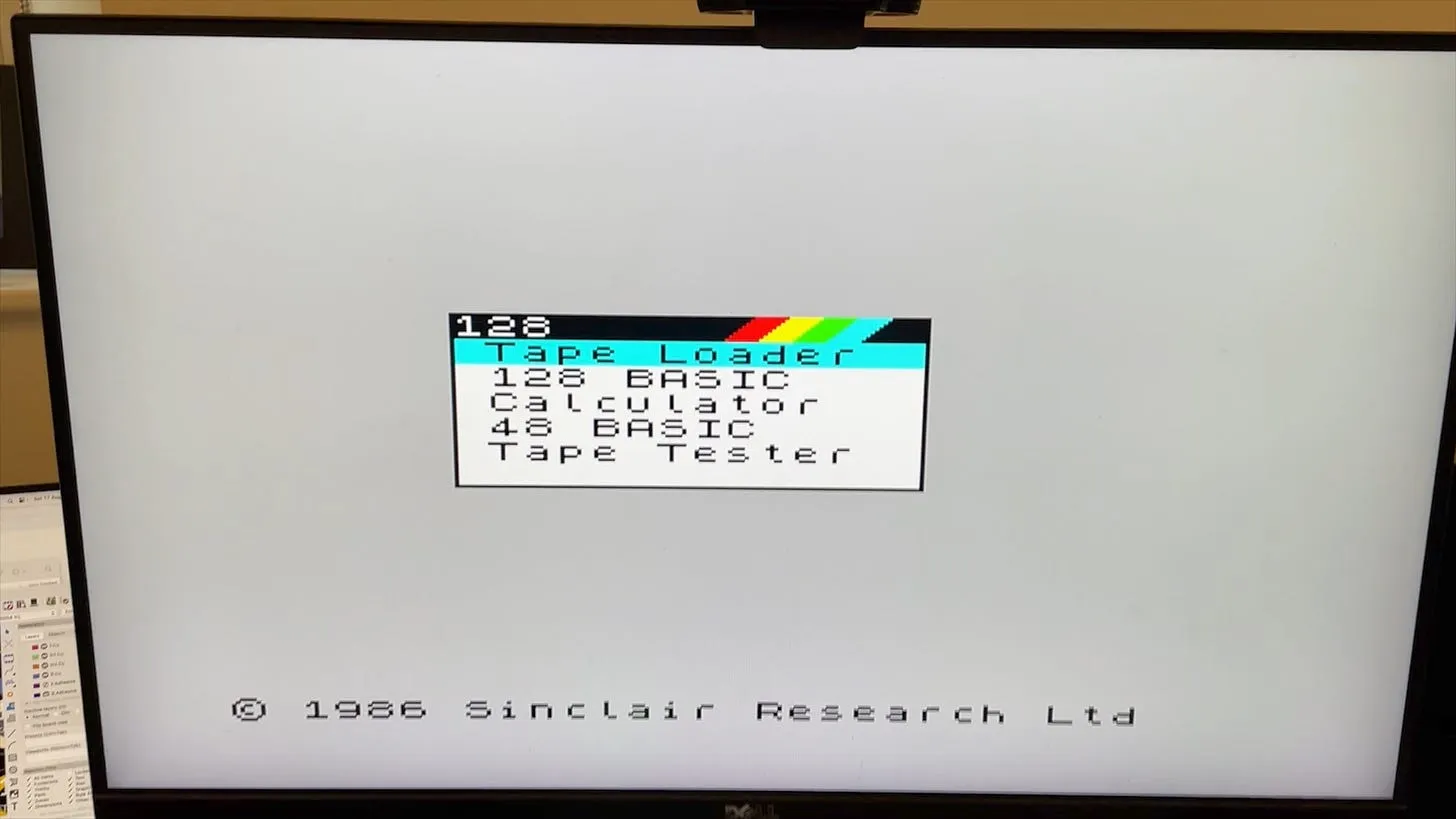I’m planning some updates to the existing prototype. I’m starting to think more about getting things ready for production. Which is making me think about things like EMC and EMI.
I’ll be switching over to a 4 layer board. This will give me some nice solid ground planes which will really help with the EMI.
I also need to have a look at some more filtering on the USB power side of things and add an IC to provide some in rush current limiting. According to the USB spec we’re allowed 10uF on the VBUS lines, and we’ve currently got a lot more than that if you include all the capacitors after the voltage regulator.
The video above show a bunch of testing around the battery charger and, the exciting bit, the expansion port.
This is something for the future, but it will potentially let us create an add on board that gives us HDMI output!
There’s been a lot of requests for a big screen - well this is my 27 inch monitor… and this would work equally well on a big screen TV.

However, the big focus now is on getting the current boards production ready. It looks like we will be accepted by Crowd Supply, so everything now is about getting something that can manufactured and shipped!